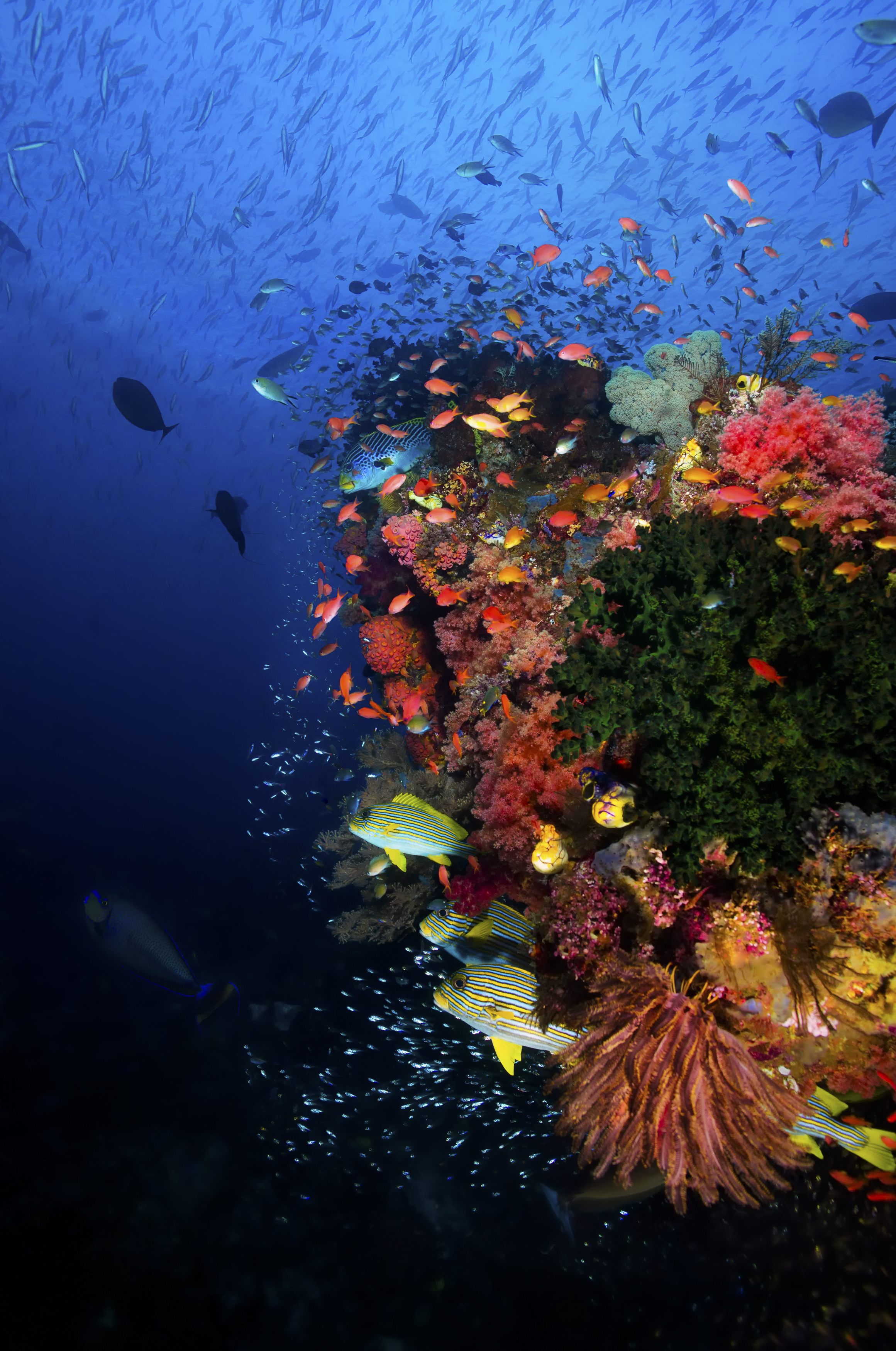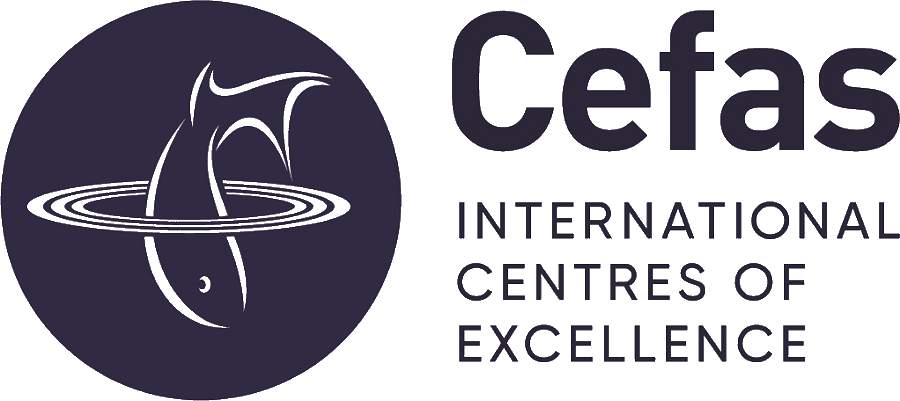Chemical contaminants
Chemical contaminants (e.g. heavy metals, dioxins, PCBs, PAHs, radiological materials) from domestic, industrial or agricultural effluents can enter the food chain via aquatic animals of commercial importance. Although current legislation accounts for this via routine monitoring of certain ‘legacy’ contaminants in seafood, new emerging chemicals of concern such as pharmaceuticals enter the market at a high rate. These chemicals currently have no regulatory limits or monitoring requirements and so pose an emerging concern that needs to be addressed.
Our activities are supported by a dynamic R&D portfolio complemented by cutting edge analytical instrumentation, ensuring that our interdisciplinary team of scientists stay at the forefront of their field and can provide the best quality advice and support. Shellfish, due to their feeding physiology have the potential not only to uptake environmental contaminants, but also to bioaccumulate them. Recent studies have developed and validated analytical methodologies to examine the presence of common pharmaceuticals in bivalve molluscs, the uptake and bioaccumulation of vertebrate steroids and the presence of persistent contaminants in salmonids.
For more information on how our science can assist you please contact the Centre lead for this area Ben Maskrey.

